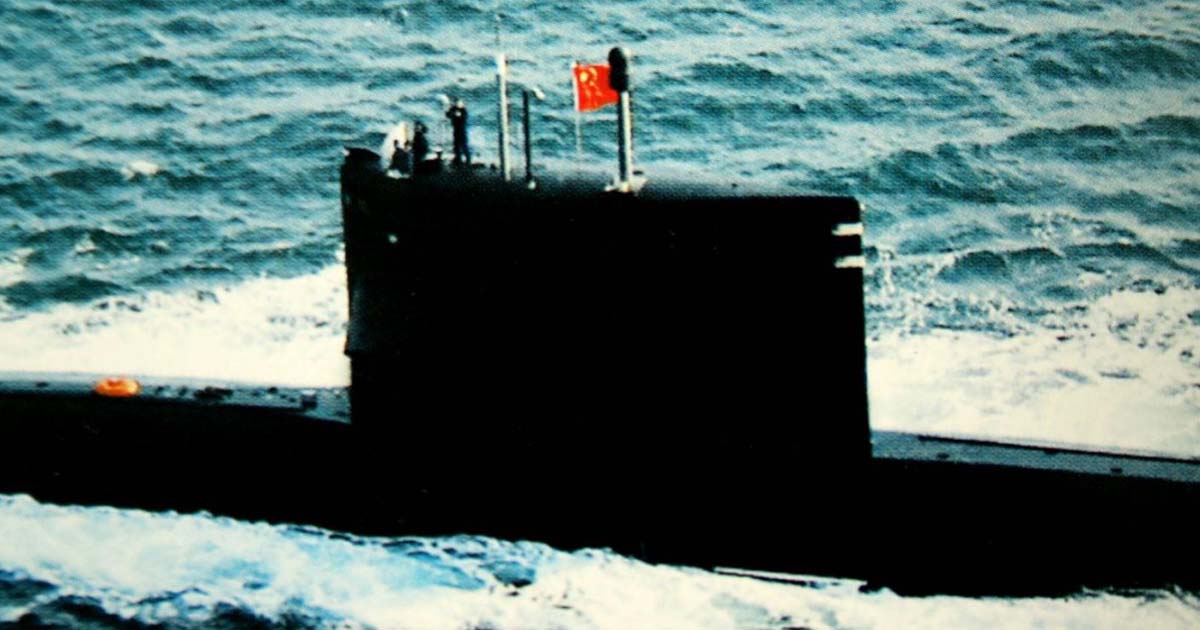Earlier this week, Indian news platform, NDTV, quoted unnamed sources from the Indian Navy as stating that the Indian naval security force is apprehensive of Beijing’s increasingly frequent deployments of submarines across the Indian Ocean region.
BREAKING—Chinese submarine detected in Indian Ocean. @AshishSinghNews pic.twitter.com/8dPzGk9nsB
— NewsX World (@NewsX) July 3, 2017
The report by NDTV stated, “Convinced that the presence of a Chinese nuclear-powered attack submarine in the Indian Ocean in the last few months is part of a carefully choreographed exercise to expand its military presence in the region, senior Navy Officers told NDTV that they don’t accept the assertion that China’s submarine deployment has been in aid of the anti-piracy mission off the coast of Somalia.”
Cold War in the Indian Ocean
Navy sources cited by NDTV maintained that while there are no reports of Chinese nuclear submarines actively trying to probe or violate India’s territorial waters, “there is a recognition that a great game of submarine subterfuge, a feature of the Cold War, may now be breaking out in the Indian Ocean.”
Raising Indian Navy’s concerns over China’s new Type 093 Shang Class fast-attack nuclear submarine, the report stated that it is a technological game changer and a “key player” in the ongoing Cold War. So far, six of these fast-attack nuclear submarines have been built or deployed, and this submarine is known to China’s most advanced submarine.
The Type-093 Shang-Class nuclear-powered submarines have become a grave cause for concern to the Indian Navy. Both China and India are heavily dependent on sea transit routes for trade and commerce
The report stated that Indian navy sources stated that “they were impressed with the endurance of the submarine which was positioned for three months in the Indian Ocean.”
In September 2013, Beijing had, for the first time, confirm that a nuclear attack submarine would travel across the Indian Ocean, travelling to the Gulf of Aden to undertake the international anti-piracy machine. In 2018, Beijing docked its submarines in a Chinese-funded port in Sri Lanka’s capital Colombo.
Pictures said to be of China's new Shang-class Type 093 nuclear-powered submarine: http://t.co/OVxhkv9O7U pic.twitter.com/zoFBroReL8
— Chris Buckley 儲百亮 (@ChuBailiang) June 15, 2014
This arrangement of docking was initiated in September 2014, and the first was the Song-class diesel-electric attack submarine. Only seven weeks later, China parked its Han-class nuclear-powered submarine in Sri Lanka, and during this period, Beijing informed New Delhi that a Type-093 Shang-class nuclear attack submarine will be introduced for patrolling the Indian Ocean region.
The Type-093 Shang-Class nuclear-powered submarines have become a grave cause for concern to the Indian Navy. Both China and India are heavily dependent on sea transit routes for trade and commerce, and the routes of the Indian Ocean are integral for the economic pursuits of both countries.
A report by National Interest stated that trade accounts for 55% of India’s GDP, “most of which is carried by sea.” China is “even more reliant on trade”, which makes up 60% of China’s GDP, and around 80% of China’s trade is seaborne. Given these odds, both the nations are extremely concerned about maintaining superiority over the Indian Ocean and exploiting each other’s vulnerability by deploying advanced submarines, deepening a Cold War that China appears to be leading in terms of innovation.














